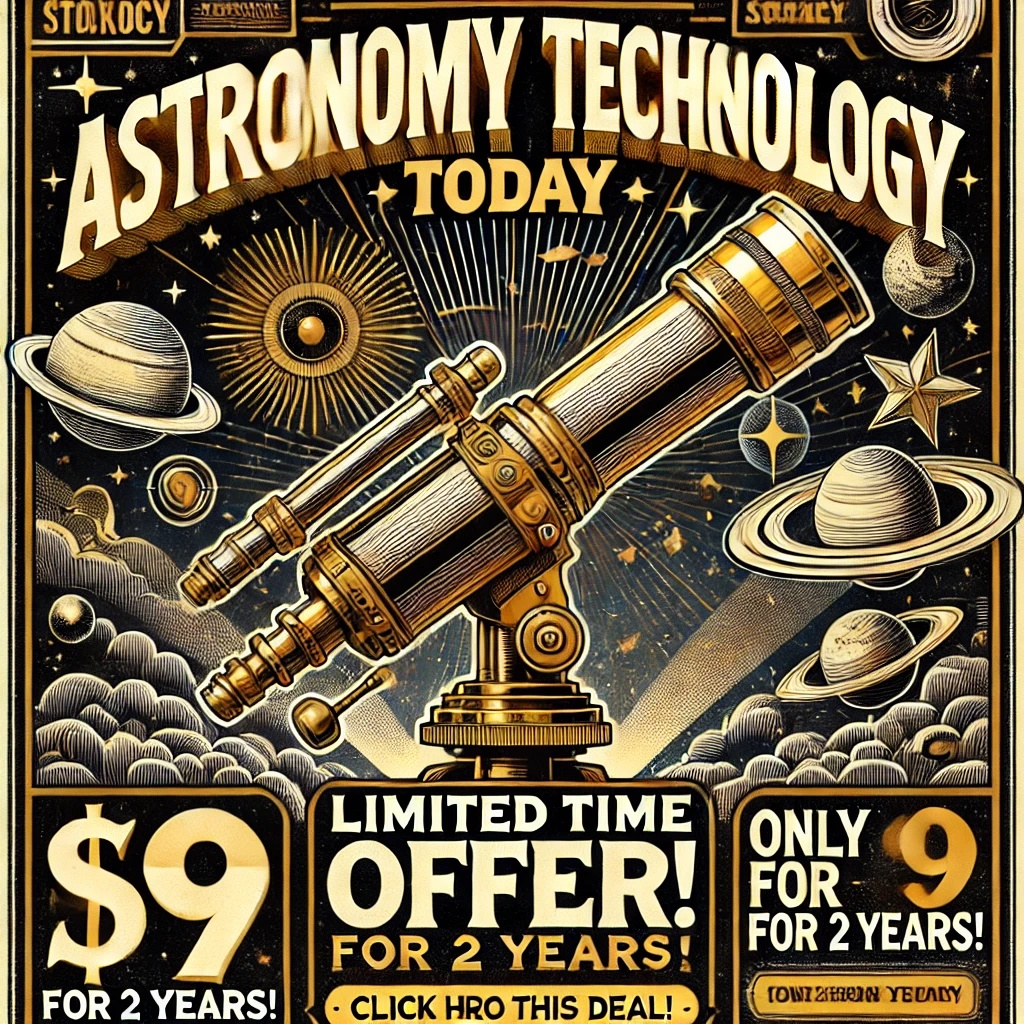The Player One Mars-M II camera is a planetary imaging camera which adopts the Sony IMX462 1/2.8” monochrome sensor offering high sensitivity in visible light and NIR. The 2.9um pixel size accommodates a well depth of 12ke with a total of 2.1MP (the resolution is 1944*1096), and the diagonal is 6.46 mm.
 When the camera is connected to the USB3.0 interface and a full-resolution preview is used, it can reach 136 FPS in RAW8 mode (10bit ADC), and the frame rate in RAW16 mode (12bit ADC) is 64 frames per second.
When the camera is connected to the USB3.0 interface and a full-resolution preview is used, it can reach 136 FPS in RAW8 mode (10bit ADC), and the frame rate in RAW16 mode (12bit ADC) is 64 frames per second.
The camera can be connected to a telescope with a 1.25″ T-Mount or by a Barlow lens between the camera and a telescope to extend the focal length. With a CS adapter and fisheye lens attached to the camera, the camera can be utilized as an all-sky camera. You can use the ST4 guide cable to connect the camera and the auto guide port of the equatorial mount to do guiding.
The Player One Mars-M II camera utilizes DDR3 cache which helps stabilize and secure data transmission, which effectively helps avoids frame dropping and greatly reduces read noise. With the DDR3 cache, the camera does not require high computing demands and still offers excellent performance. The camera also offers DPS (Dead Pixel Suppression) technology, where dead pixels, including hot pixels and cold pixels of the image, are swept away.
The Player One Mars-M II camera specifications include:
– Sensor: SONY IMX462 1/2.8″ CMOS (mono)
– Diagonal: 6.5mm
– Total Pixels: 2.1 Mega Pixels
– Max Resolution: 1944×1096
– Pixel Size: 2.9μm
– Chip Size: 5.6mm×3.2mm
– Frame Rate: 136FPS(10bit)
– Bayer Matrix: RGGB
– Shutter: Rolling shutter
– Exposure Range: 32μs-2000s
– Readout Noise: 2.6e~0.7e
– QE Peak: ≈91%
– Full Well: 12k e
– ADC: 12 bit
– Data Port: USB3.0/USB2.0
– Adapter: 1.25″ / M42X0.75
– Back Focal Length: 12.5mm
– Protective Window: D21*1.1MM High Quality AR Plus (Anti Reflection) Multi-Layer Coating
– Diameter: 66mm
– Weight: 180g
You can learn more about the Player One Mars-M II camera here.

 And to make it easier for you to get the most extensive news, articles and reviews that are only available in the magazine pages of Astronomy Technology Today, we are offering a 1-year magazine subscription for only $6! Or, for an even better deal, we are offering 2 years for only $9. Click here to get these deals which only will be available for a very limited time. You can also check out a free sample issue here.
And to make it easier for you to get the most extensive news, articles and reviews that are only available in the magazine pages of Astronomy Technology Today, we are offering a 1-year magazine subscription for only $6! Or, for an even better deal, we are offering 2 years for only $9. Click here to get these deals which only will be available for a very limited time. You can also check out a free sample issue here.
The sun is more active than it has been in years! If you’d like to learn more the technology behind solar observing, solar imaging and more, you can check out our free publication, “The Definitive Guide to Viewing and Imaging the Sun”. You don’t have to sign up or provide any information, simply click here and enjoy reading!



